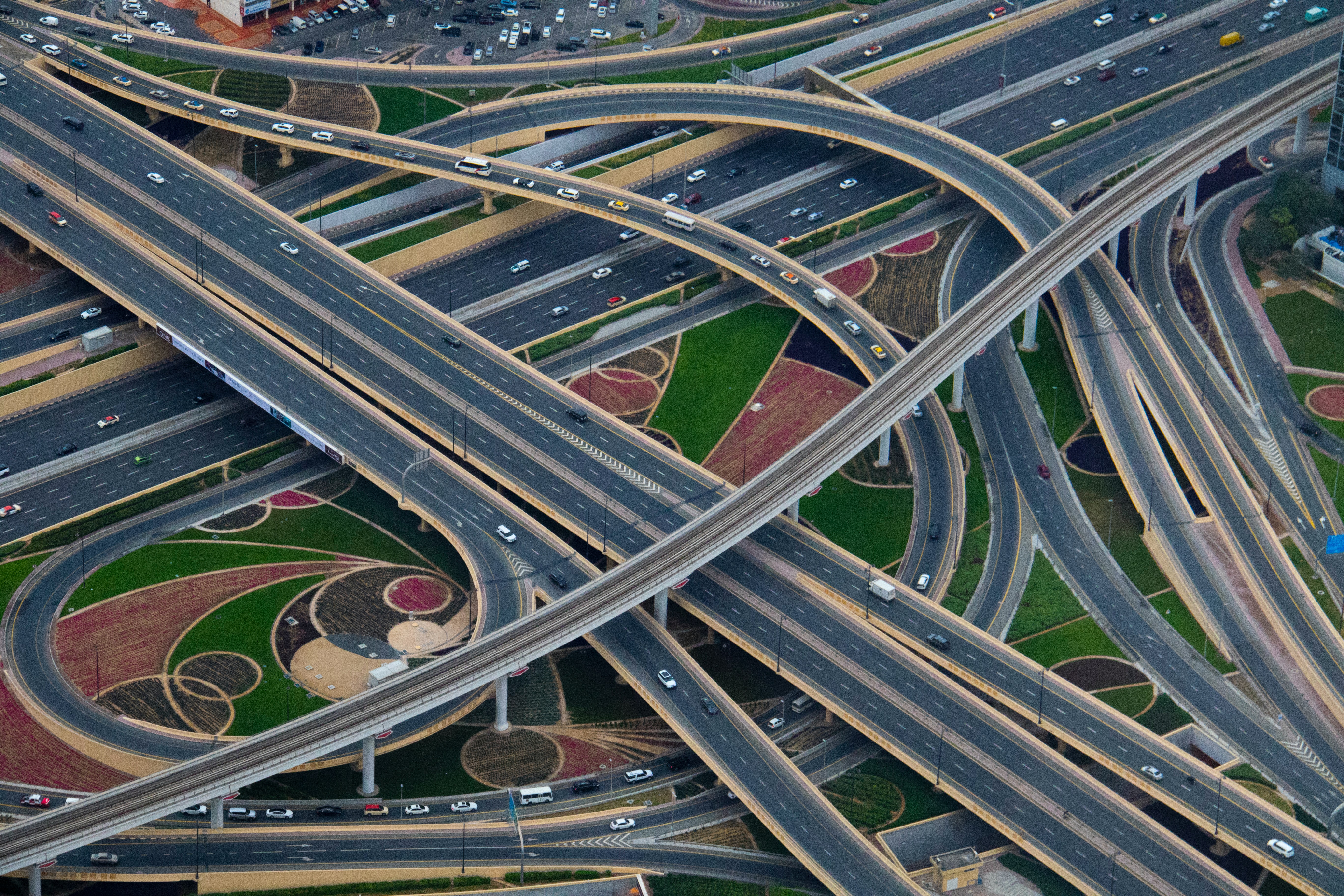934 results found
Featured results



More results
Digital knowledge platforms that share data and knowledge on-site during construction and maintenance, making it readily accessible to all workers thereby reducing project time while also improving work quality and safety.
This study examines all aspects of the digitalisation of infrastructure for a sustainable future

Digital technology to enable regulators to measure water abstracted and use data for compliance and enforcement purposes.
InfraChallenge 2021 invited ideas for building and maintaining better, more resilient infrastructure. Today we announce the Top 10 competitors.
This paper investigates the interaction between corruption and governance at the sector level.

The second volume of this report and looks at infrastructure statistics in Brazil and international benchmarks, regulatory policy issues, contract negotiations, and gives conclusions and policy implications on these topics.

As stimulus spending ramps up, a ten-year trend study shows private investment in new infrastructure has declined since 2010.
The Public-Private Infrastructure Advisory Facility (PPIAF) held its Partnership Council Meeting in Vienna, Austria this June. This meeting brought together PPIAF’s esteemed donors and welcomed the Kingdom of Saudi Arabia as the newest donor to PPIAF with their contribution that has supported the integration of the Global Infrastructure Hub (GI Hub) into the PPIAF family. Over the two days, PPIAF engaged in a packed agenda where donors expressed appreciation for the impactful and relevant programs PPIAF delivers.

The interest generated by the role of PPP in the implementation of the Sustainable Development Goals (SDGs) is considerable.


Respond to our annual Stakeholder Survey and help us drive change as pressing global climate and economic problems call for infrastructure that is exponentially more sustainable, more inclusive, and more resilient.
This paper focuses on how to improve services by laying out the rationale and steps for cities to achieve bus sector reforms, with case studies, examples and illustrations.

Investors are most concerned about political and regulatory stability and the liquidity of the infrastructure market when considering funding public infrastructure, a new survey has revealed.
Drone technologies can enable remote inspection of infrastructure, thereby improving safety by eliminating hazardous tasks previously done by humans.
A dynamic tolling algorithm recalibrates toll rates based on traffic congestion and local conditions every few minutes and is a tool to manage traffic demand through pricing.
This brief argues that we require more technology rather than lesss in developing countries since technology creates opportunities (leapfrogging), to generate jobs, increase earnings and be more inclusive, even though the technology could be widening the income inequality gap.

This book describes some key global water challenges, perspectives for remote sensing approaches, and their importance for water resources-related activities. It presents eight key types of water resources management variables, a list of sensors that can produce such information, and a description of existing data products with examples.

This report describes the role of economic analysis and the impacts of climate change on economic analysis of infrastructure projects in the context of Asia and the Pacific.

The purpose of this brief note is to set out a checklist of issues which need to be considered when assessing the likely economic impact of regulatory reform.

This paper discusses the regulation of water and sanitation services in urban areas.






 InfraChallenge
InfraChallenge








